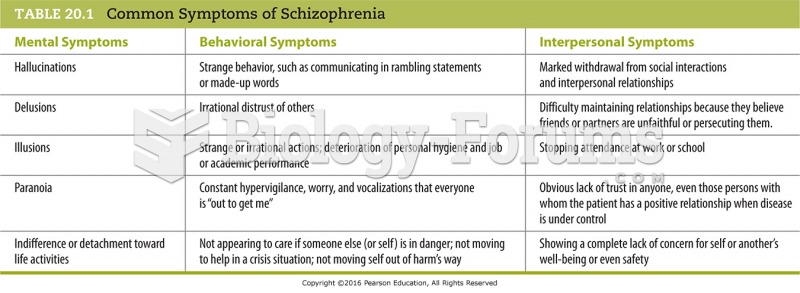This topic contains a solution. Click here to go to the answer
|
|
|
Did you know?
The most common treatment options for addiction include psychotherapy, support groups, and individual counseling.
Did you know?
There are 60,000 miles of blood vessels in every adult human.
Did you know?
It is believed that humans initially contracted crabs from gorillas about 3 million years ago from either sleeping in gorilla nests or eating the apes.
Did you know?
Asthma attacks and symptoms usually get started by specific triggers (such as viruses, allergies, gases, and air particles). You should talk to your doctor about these triggers and find ways to avoid or get rid of them.
Did you know?
The Babylonians wrote numbers in a system that used 60 as the base value rather than the number 10. They did not have a symbol for "zero."
 Sign on methanol pump shows that methyl alcohol is a poison and can cause skin irritation and other ...
Sign on methanol pump shows that methyl alcohol is a poison and can cause skin irritation and other ...
 Nutrition-related research findings are often lead stories in newspapers, magazines, and on websites
Nutrition-related research findings are often lead stories in newspapers, magazines, and on websites





